KUALA LUMPUR – Was it a masterpiece by a neolithic artist, a message for posterity or just plain old graffiti by bored passers-by seeking shelter during a storm almost 5,000 years ago? What does cave art tell us and of what use is it to us today?
These are pertinent questions in the face of rising threats to rock art sites all over the country from developmental pressures including quarrying, environmental pollution due to the growing network of highways with high traffic volume, agricultural activities, human intervention, graffiti and vandalism.
There are about 70 rock art sites in Peninsular Malaysia alone, with the largest cluster of 40 sites spread out in caves across the Lenggong Valley. The largest site in West Malaysia covers the walls of Gua Tambun (Tambun Cave) in the Kinta Valley – with 640 motifs from the Neolithic period (4,000 to 2,500 years ago).
The charcoal drawings in Gua Badak in Lenggong, Perak for example, were exposed to the elements following quarrying activities in the early 1980s. Quarrying works were halted after villagers in the area alerted the authorities of the presence of the murals on the cave walls.
Compare the pictures taken in 1927 by British anthropologist, ethnographer and archaeologist Ivor Hugh Norman Evans with what the same wall looks like in a picture taken on June 25, 2023, below.
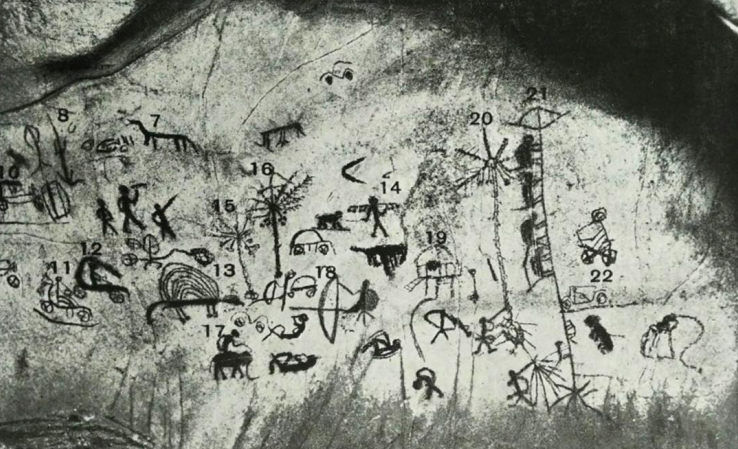
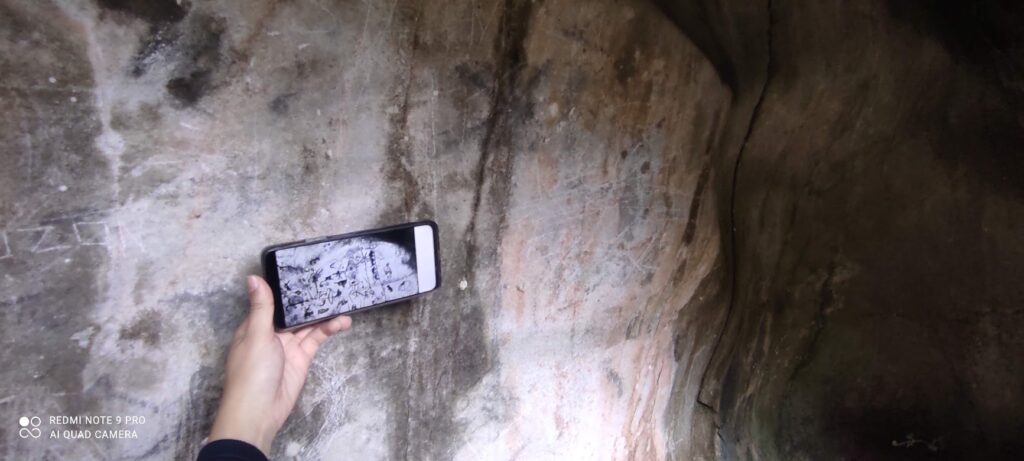
Quarrying works at Gua Badak were halted after residents in the area lodged a complaint and informed authorities of the existence of the cave art and motifs within the cavity.
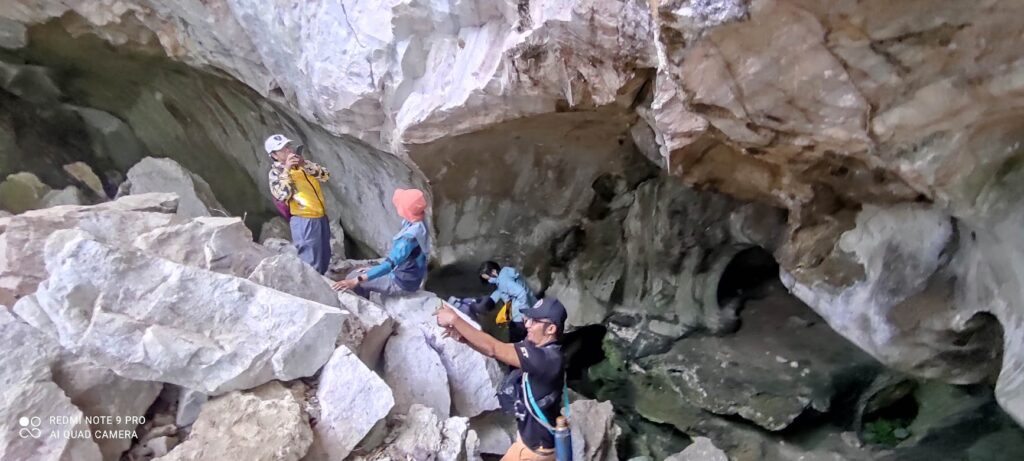
Saw Chaw Yeh, a PhD graduate of Universiti Sains Malaysia’s Centre for Global Archaeological Research, has been actively promoting awareness and conducting continuous research on rock art in the Kinta Valley via archaeo-tourism courses for content creators and travel agents, and more recently – launched a trilingual book titled Kinta Valley Rock Art, An Introduction.
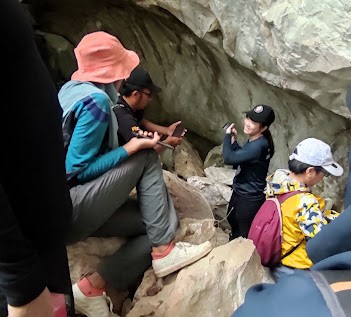
In her book, Saw states that the study of rock art allows us to share the perspective and a connection with places and the people who passed through and created the art on nature’s very own canvas so many thousands of years ago.
“Hopefully future generations will also be able to pass through these spaces like we have – in a place where time stands still, where we are all one with the past, present and future,” she said.
She added that her favourite site is the rock art at Gua Tambun, a rock shelter of about 100m long with hundreds of large, beautiful rock art in a reddish hue facing the clear blue sky – the first rock art she laid eyes on.
In addition to prehistoric humans, the caves and rock shelters have been used by different cultural groups, including Orang Asli, villagers, pilgrims, traders and soldiers, among others, as shelters, dwellings and religious shrines – all leaving their mark and scenes of their time on the limestone walls.
These include figures of humans, animals, plants, handprints, material culture, and non-figurative geometric and abstract patterns and lines.
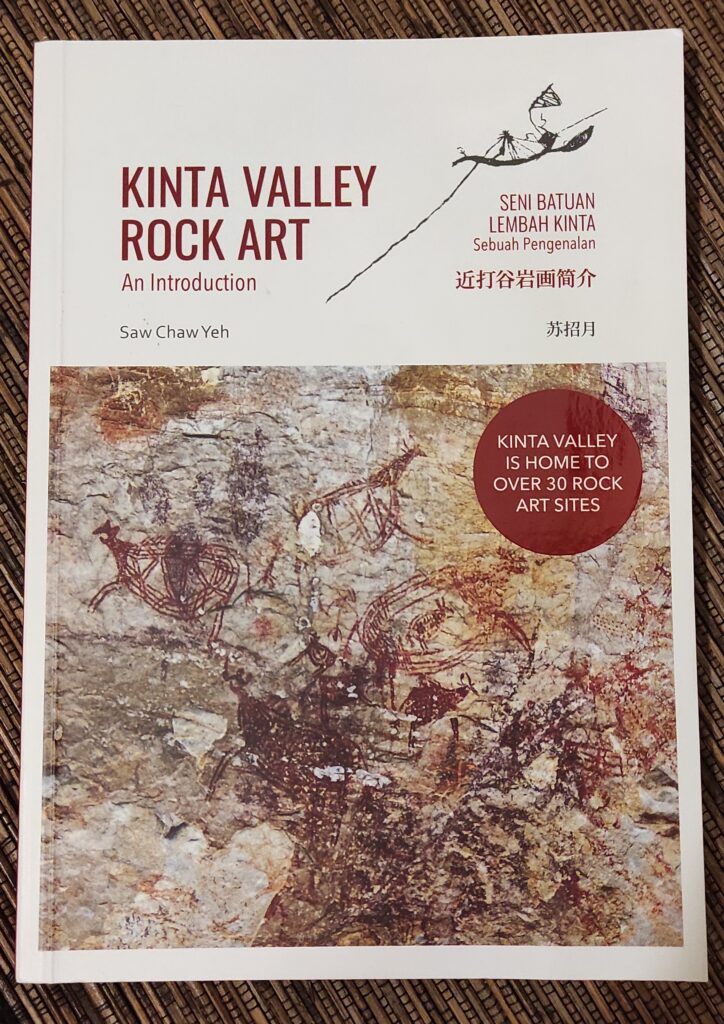
There are several types of cave art in this country – pictograms (additive black, red, purple, yellow, orange and white images on rock surfaces), petroglyphs (carvings or engravings on the surface of rocks, mostly found in East Malaysia), and megaliths (patterns and designs made with rocks on landscapes found in Perak, Selangor, Negri Sembilan, and Melaka).
Early cave artists used the walls of the cave as their canvas and elements from nature for their colour palette. Hematite (a type of iron oxide) found in rocks and soil was the source for red pigment that was mixed with water, resin, juice, saliva, animal fats and even blood to make red and orange paste for their palette. Ground and heated further, hematite yields a purple hue.
Kinta Valley is the only place in the country where these red cave paintings are found so far. Red cave art in Gua Kain Hitam, Sarawak, is derived from pterocarpus indicus tree resin, unlike the hematite derived red in Kinta Valley.
Black pictograms came much later – about 50 to a few hundred years ago – and are usually drawn with charcoal, which was easy to obtain. This type of cave art fades quickly depending on the environment, like the pictographs in Gua Badak that were exposed to the sun due to quarrying activities.
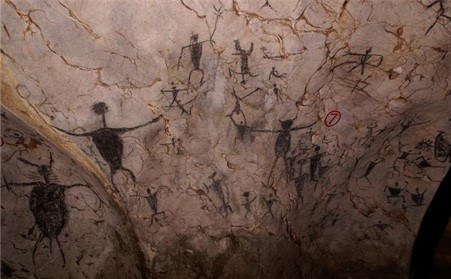
There are likely more sites to be discovered in the future, and much more in terms of knowledge that can be derived from the present sites, including ways, means and methods that can be employed to restore and preserve the stories of old passed down to us from those who paved our paths to today.
Saw said, there is low awareness among the public about archaeology in Malaysia; a lot of people do not even know that archaeologists exist in our country.
“Based on my personal experience, rock art sites are often overlooked by the agencies involved compared to other archaeological sites that feature human remains, stone tools, and monuments. The public, on the other hand, shows greater interest in this, especially the local communities,” she said.
In Kinta Valley for example, the local residents are the ones who made the effort to survey for rock art in their area and then contacted me with requests to help document the rock art properly, Saw added.
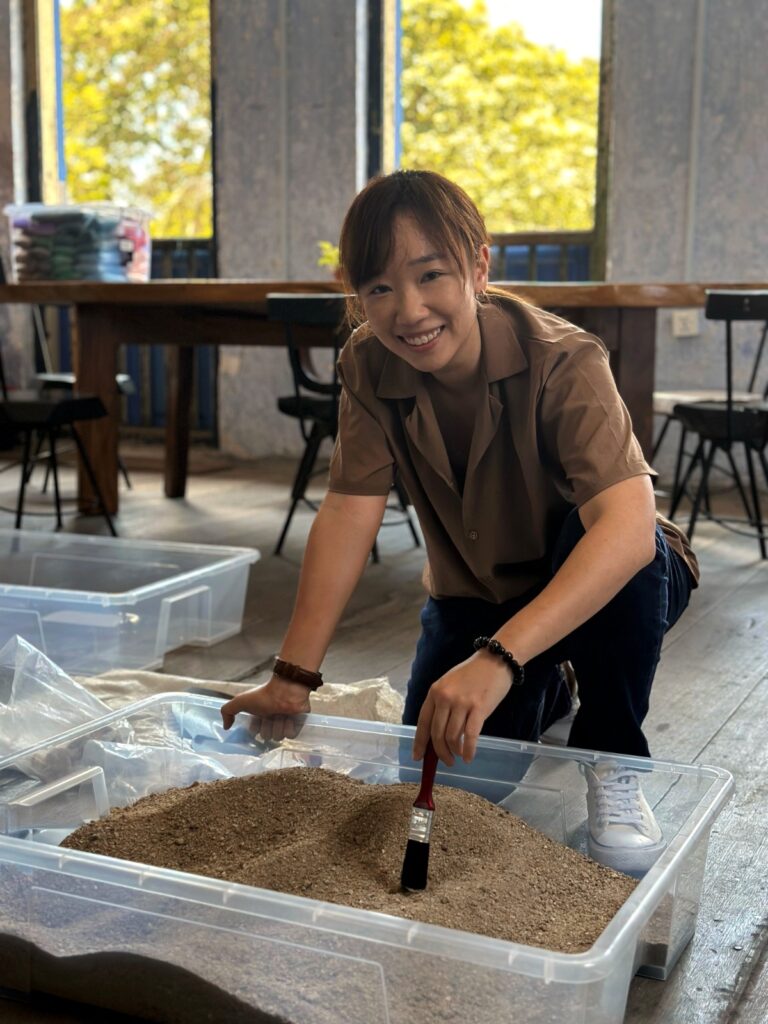
“To me, the appreciation and preservation of rock art is important because it shows a direct connection between humans and landscapes over hundreds or even thousands of years – a message for us from our ancestors,” she said.
“In Malaysia, we are still in a very early phase of spreading interest and awareness in this subject,” said Saw, who recently left USM’s Centre for Global Archaeological Research to embark on her own venture to instil interest and make archaeology more accessible in Malaysia.
“This year I am experimenting with the use of new platforms like games and interactive materials to develop educational programmes and workshops,” said Saw, adding that plans are also in motion to boost awareness of archaeology in Malaysia via social media platforms, including a YouTube channel. – January 27, 2024

